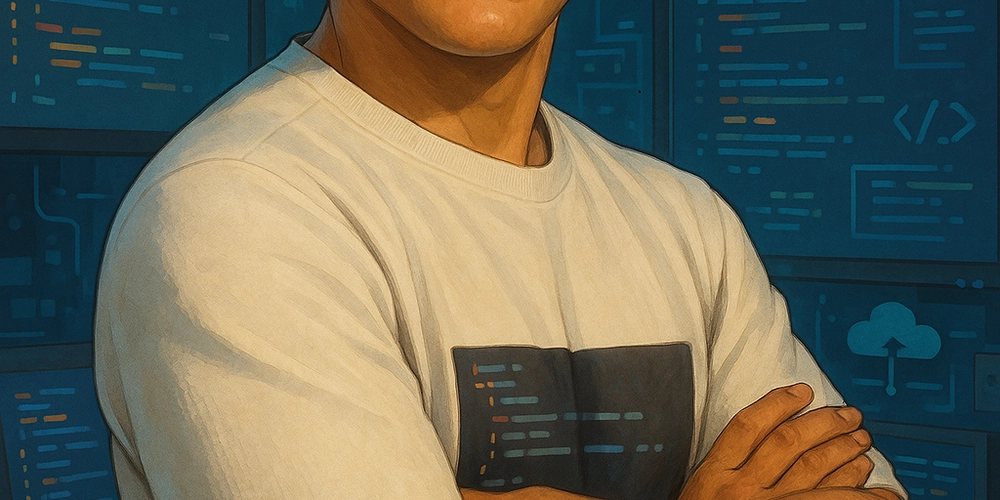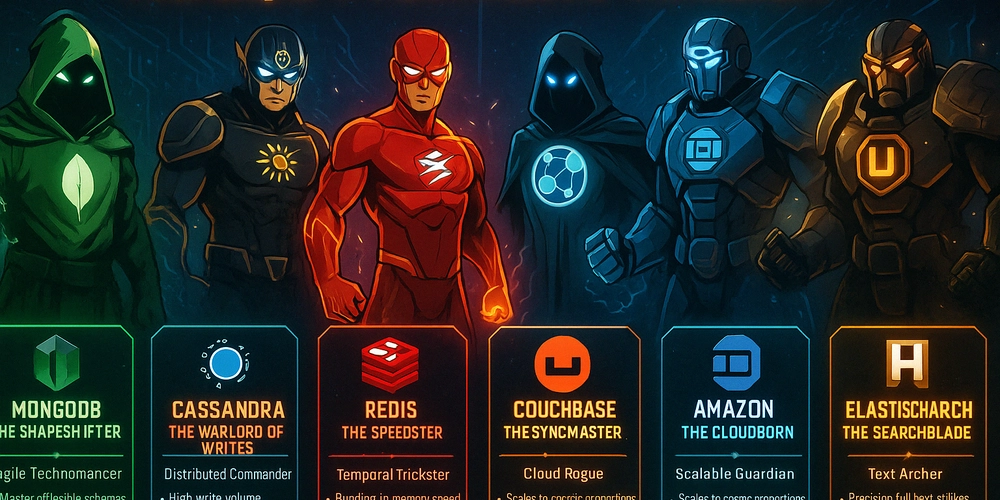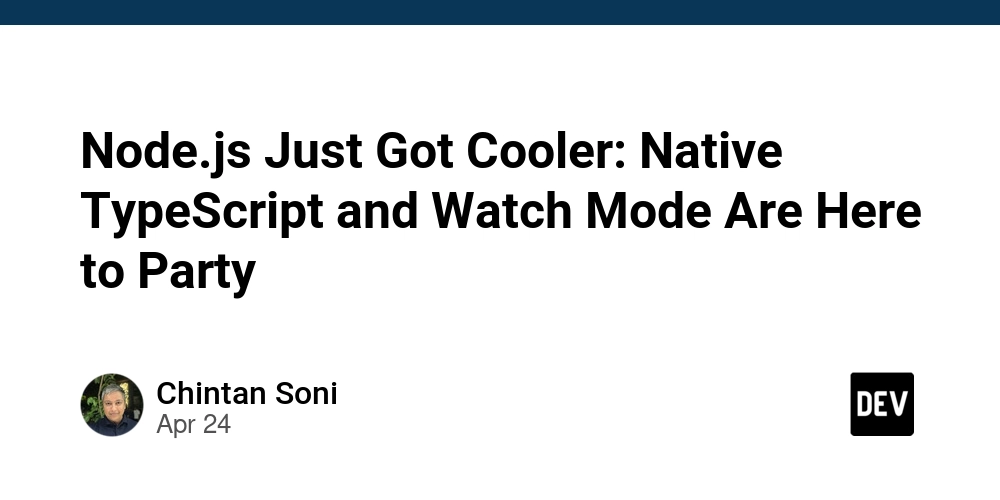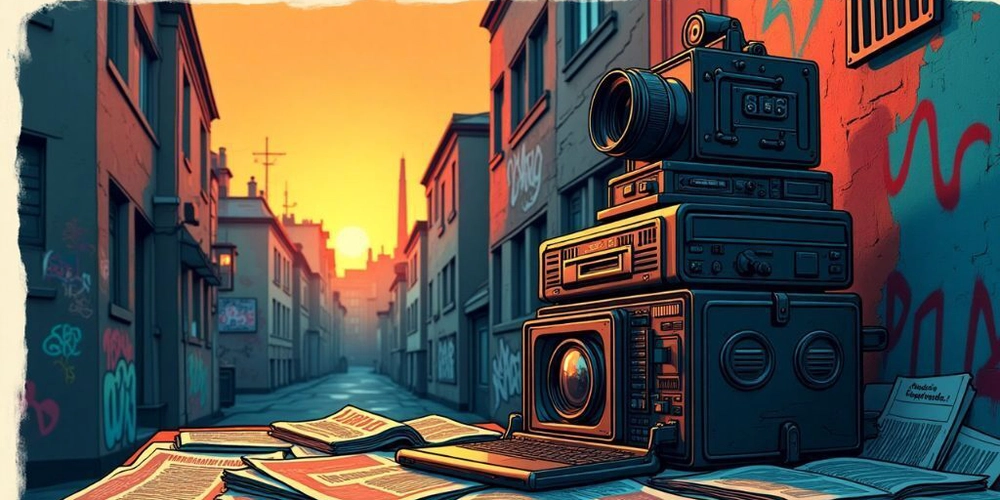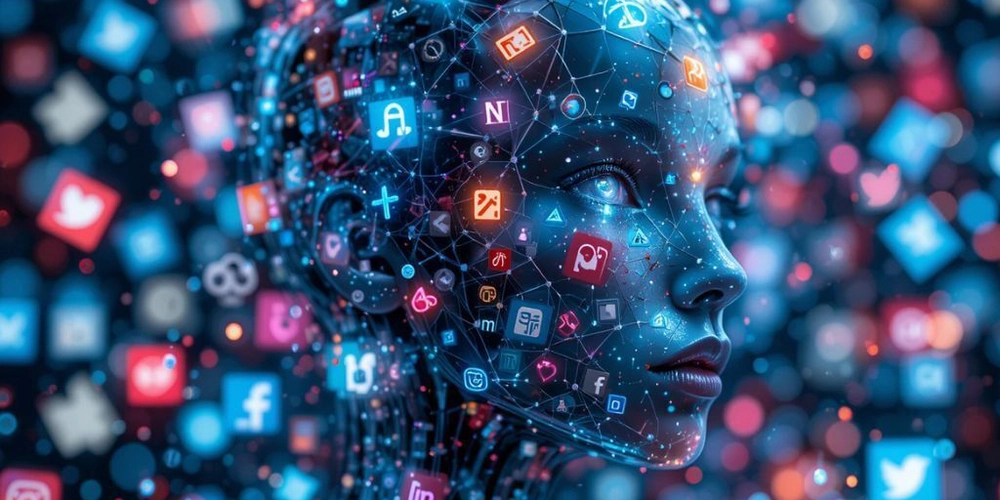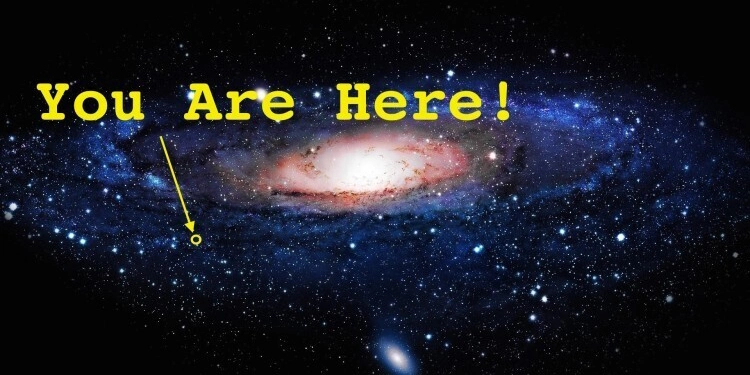
Copyright Confusion Cleared: Understanding Your Rights Online (and How LLMs Factor In)
Confused about copyright? You're not alone! Many people misunderstand intellectual property laws, especially concerning online content and the exciting, yet murky, world of Large Language Models (LLMs). Let's bust some myths and gain clarity.
This guide provides you with a foundational understanding of copyright, its implications, and how these rules apply in the digital age, including the rise of AI.
What Exactly IS Copyright? Demystifying the Basics
Simply put, copyright grants the holder the exclusive right to copy a creative work. This means only they can reproduce it. If someone else copies it without permission, they are infringing on the copyright. It is important to understand copyright basics to protect your creative work and avoid legal issues.
- Exclusive Rights: Copyright owners control who can copy, distribute, adapt, or publicly display their work.
- Licensing: Owners can grant others permission to use their work under specific conditions.
Public Domain: Free for All?
When a work enters the public domain, anyone can freely use, modify, and distribute it without permission. This is the opposite of being protected by copyright. You can think of public domain items like a gift to the world, where no permission is needed.
BUSTED: Common Copyright Myths Debunked
Let's tackle some widespread misconceptions about copyright:
Myth #1: "It's on the Internet, so it's Public Domain!"
FALSE. Simply being available online does not mean a work is in the public domain. Many websites display copyrighted material with permission, or sometimes even without permission.
- Open Source Software: Open-source licenses are copyright licenses. They grant specific usage rights, not a free pass to the public domain.
- Unauthorized Copies: Downloading copyrighted PDFs or other materials without permission is copyright infringement.
Myth #2: "Fair Use Lets Me Do Whatever I Want!"
FALSE. Fair use is a limited exception allowing specific uses like criticism, commentary, news reporting, teaching, and research. Whether something qualifies as fair use depends on a four-factor test, judged on a case-by-case basis.
Fair Use DOES NOT Include:
- Merely reading a book or browsing a website. This is typically authorized use.
- Making unlimited copies without permission. Remember, copyright is about controlling the copying of materials.
Myth #3: "I'm Not Making Money, So It's Okay!"
FALSE. While commercial gain can worsen infringement, it's not the only factor. You can infringe on copyright even without profiting. For example, unauthorized sharing of music.
Copyright and AI: The New Frontier with LLMs
Large Language Models (LLMs) introduce complex copyright questions. LLM Training data and output are currently being looked into by courts to determine what is considered an infringement.
Here's a breakdown of key issues:
- Data Scraping:
- Unauthorized Copies: Many LLMs are trained on data scraped from the Internet, including potentially copyrighted material copied without permission.
- The act of copying itself can be infringement.
- Verbatim Reproduction (Regurgitation):
- If an LLM reproduces copyrighted work verbatim.
- It creates an unauthorized copy, infringing on copyright.
- Style and Derivative Works:
- Copyright usually protects specific works, not styles. However, if an LLM generates a work substantially similar to an existing copyrighted work, it may be considered an infringing derivative work.
- Copyrighted Characters: LLMs can't create new works featuring distinctive copyrighted characters (e.g., Sherlock Holmes) without permission.
Bottom Line
Comprehending copyright is crucial in the digital age. Be mindful of the content you use, how you use it, and where it originated. Whether you're a content creator, a user of online resources, or interested in AI, this is a critical area to grasp. When in doubt, seek legal advice.
